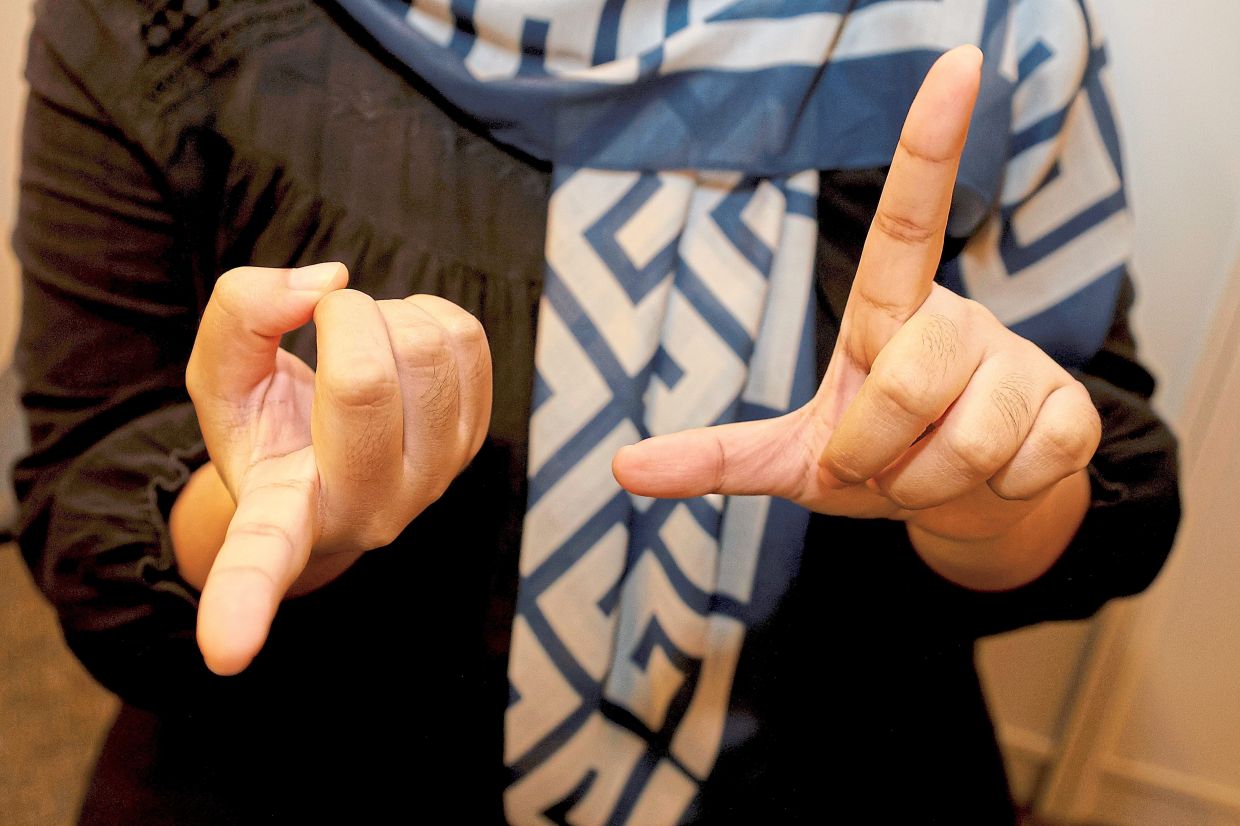It's a long-standing discussion for all who want to get into shape: When is the best time to exercise?
Based on member data from American fitness company Future, about 41% of workouts take place between 7-9am or 5-7pm.
“The debate is intriguing with proponents of both morning and evening workouts citing various benefits,” says sports medicine research director Dr Andrew Jagim from the Mayo Clinic Health System in Wisconsin, United States.
“From increased energy levels to enhanced performance or greater weight-loss benefits, health experts delve into the science behind exercise timing to shed light on the optimal approach for achieving fitness goals.”
In the morning
For morning exercisers, the allure of starting the day with a workout is undeniable.
“Getting your workout in and completed before you even begin your day can provide a sense of accomplishment and set a positive tone for the day ahead,” explains Dr Jagim.
“The post-workout release of endorphins and the satisfaction of accomplishing something before 9am can serve as a powerful ego boost.”
Perhaps most importantly, morning workouts eliminate the need to worry about finding time for exercise later in the day.
This is as it’s often the only time of the day that hasn’t been previously committed to work, social events or family activities.
“By completing your workout in the morning, you free up your afternoons and evenings for other activities, such as cooking dinner, socialising or simply relaxing,” Dr Jagim notes.
“This sense of freedom and flexibility can alleviate stress and enhance overall well- being.”
For people embarking on morning workouts, strategic pre-exercise nutrition can make a significant difference in energy levels and performance.
“Starting the day with a balanced breakfast containing carbohydrates, protein and healthy fats can provide the necessary energy to power through a morning workout,” he advises.
“Opt for wholegrain cereals, Greek yoghurt with fruit, and allow sufficient time for digestion to prevent discomfort and optimize nutrient absorption.
“Or, if you’re not hungry in the mornings or don’t have time, something simple like an energy bar can suffice.”
In the evening
However, for some people, waking up early to exercise is the last thing they feel like doing, and therefore, the case for evening workouts is more appealing.
“Your body’s ability to perform peaks in the afternoon and early evening, with optimal muscle function, strength and endurance,” states osteopathic medicine practitioner Jake Erickson, who specialises in sports medicine at the Mayo Clinic Health System in Onalaska, Wisconsin.
“During this time, your body has time to wake up a bit by moving around throughout the day, you’ve likely gotten a meal or two in to ensure adequate energy available to use during the workout, and you may be more mentally alert.”
Additionally, oxygen uptake kinetics are more favourable in the evening, allowing for more efficient utilisation of resources during exercise.
“Your body is primed for performance in the late afternoon and early evening, making it an ideal window for high-intensity activities like interval training or speed work,” he explains.
Conversely, people opting for evening workouts face unique considerations in balancing time commitments and mental energy.
“After a long day at work or shuttling around the kids all day, it can be hard to muster the motivation to go to the gym and put forth a lot of physical effort during a workout,” says osteopathic medicine practitioner Alecia Gende, who specialises in sports medicine and emergency medicine at Onalaska’s Mayo Clinic Health System.
“Additionally, intense physical activity in the evening may trigger a stress response and cause difficulty falling asleep or waking in the middle of the night if your cortisol is disrupted and released at an inopportune time.
“If you have to get a workout in before sleep, it would be best to be lower intensity, such as a walk or lighter (weight-)lifting session.
“If that’s the case, moving the workout earlier in the day might be more beneficial for them.”
Lastly, if you choose to work out later in the day, it’s important to ensure that you are getting adequate nutrients throughout the day to make sure you have enough fuel available to support the workout, in addition to eating a well-balanced meal after the workout.
“After a long day, it’s essential to refuel the body with carbohydrates and protein,” Dr Jagim says.
“Consuming a nutrient-rich meal within two hours of your workout can facilitate muscle recovery and enhance adaptation to training.
“Consider options such as grilled chicken with quinoa and vegetables, or a protein-packed stir-fry to refuel and replenish after an evening workout.”
For people engaging in prolonged or intense exercise sessions (more than 90 minutes), mid-workout nutrition can play a pivotal role in sustaining energy levels and preventing fatigue.
He recommends incorporating carbohydrate-rich snacks during extended workouts to maintain endurance and performance.
At midday
Whether working or at home, most people hit the dreaded afternoon slump around 3pm.
A study of more than 90,000 people recently found that working out in the afternoon reduces the risk of heart disease or early death more than physical activity in either the morning or afternoon.
The benefits of afternoon exercise for longevity were most pronounced for men and the elderly.
“Morning workouts may not be ideal for shift workers, or those working late or staying up later in the evening,” says Gende.
“In that case, it may be more prudent to allow more sleep in the morning and perform a mid-day workout or early afternoon workout before your next evening shift or late night.”
According to a OnePoll survey, the most effective activity for people during an afternoon workout is getting up and going for a walk, which is a great way to perk up both your mind and body.
Find your right time
So, what is the best time to exercise?
For those who just say I don’t have any time available, there’s always time.
“I suggest scheduling a ‘snack competing’ activity,” says Erickson.
“This can be a good excuse to flip the script, and for people who know they may choose to sit on the couch and snack in the evenings.
“They can use that time to grab a workout of some kind instead.
“This can lead to a big swing in people’s fitness as they consume less calories by avoiding the typical snacking time and burn more calories by the workout.”
There are even benefits to splitting up a workout into short 10-minute mini-sessions throughout the day if you don’t have time to get a full 60-minute session in.
ALSO READ: Always busy? Try stacking short workouts throughout your day
One thing is clear; even though science may seem contradictory, the importance of regular physical activity cannot be overstated.
“Ultimately, the best time to exercise is the time that fits into your schedule and aligns with your energy levels and preferences,” says Dr Jagim.
“Consistency and adherence to a regular exercise routine are key, and far more important, regardless of the time of day you choose to work out.
“Any time of day is better than no exercise in reducing the risk of death from any cause, including from heart disease and cancer specifically.
“Experimentation and self-awareness are essential in determining the ideal timing toward optimising exercise performance, recovery and overall well-being.” – By Rick Thiesse/Mayo Clinic News Network/Tribune News Service
Related stories:
When's the best time to exercise to lose weight?
What are the most ideal times to work out for men and women?
Jumpstart your workout routine with these tips
Source link

Exercising even once a month at any time during middle age helps preserve brain function in older age; although the best results are gained by those who consistently exercise five or more times a month throughout their adulthood. — Filepic
Any regular leisure-time physical activity at any age is linked to better brain function in later life, suggests a study published online in the Journal of Neurology, Neurosurgery & Psychiatry.
The findings also suggested that maintaining an exercise routine throughout adulthood seems to be best for preserving mental acuity and memory.
Even though factoring in childhood cognitive ability, household income and education weakened the observed associations, the findings remained statistically significant.
Physical activity is modestly associated with a lower risk of dementia, cognitive decline and loss of later life mental acuity.
But it’s not known whether the timing, frequency or maintenance of leisure-time physical activity across the life course might be key to later life cognitive abilities.
The researchers were particularly keen to know if physical activity might be most beneficial in specific “sensitive” periods across the life course, or across multiple time periods.
To try and find out, they looked at the strength of associations between a range of cognitive tests at age 69 and reported leisure-time physical activity at the ages of 36, 43, 53, 60-64, and 69 in 1,417 people (53% women) taking part in the 1946 British birth cohort study.
Physical activity levels were categorised as: inactive; moderately active (one to four times per month); most active (five or more times per month).
These levels were added together across all five age assessments to create a total score ranging from zero (inactive at all ages) to five (active at all ages).
Some 11% of participants were physically inactive at all five time points, 17% were active at one, 20% were active at two and three, 17% were active at four, and 15% at all five.
Cognitive performance at age 69 was assessed using the validated ACE-111, which tests attention and orientation, verbal fluency, memory, language, and visuospatial function.
The 69-year-olds were also given tests of verbal memory (word learning test) and processing speed (visual search speed).
Factors associated with a heightened risk of cognitive decline – cardiovascular (heart) and mental health, and carriage of the APOE-4 gene – were also assessed to see if these modified any observed associations.
Analysis of the results showed that being physically active at all five time points was associated with higher cognitive performance, verbal memory and processing speed at the age of 69.
The effect sizes were similar across all adult ages and for those who were moderately and most physically active, “suggesting that being physically active at any time in adulthood, even if participating as little as once per month, is linked with higher cognition,” write the researchers.
But the strongest association was observed for sustained cumulative physical activity and later life cognition, and for those who were most physically active at all ages.
The positive association between cumulative physical activity and later life cognitive performance was partly explained by childhood cognition, socioeconomic position and education.
But the effect remained significant when these were factored in, and the associations weren’t explained by differences in later life cardiovascular or mental health.
“Together, these results suggest that the initiation and maintenance of physical activity across adulthood may be more important than the timing... or the frequency of physical activity at a specific period,” say the researchers.
This is an observational study, and as such, can’t establish cause, and the researchers acknowledge various limitations to their findings.
The study included only White participants and had a disproportionately high attrition rate among those who were socially disadvantaged.
No information was available on exercise intensity, duration or adherence either.
But the researchers nevertheless conclude: “Our findings support guidelines to recommend participation in any physical activity across adulthood and provide evidence that encouraging inactive adults to be more active at any time and encouraging already active adults to maintain activity, could confer benefits on later life cognition.”
















